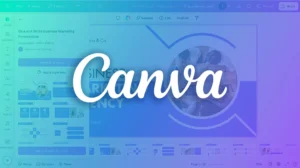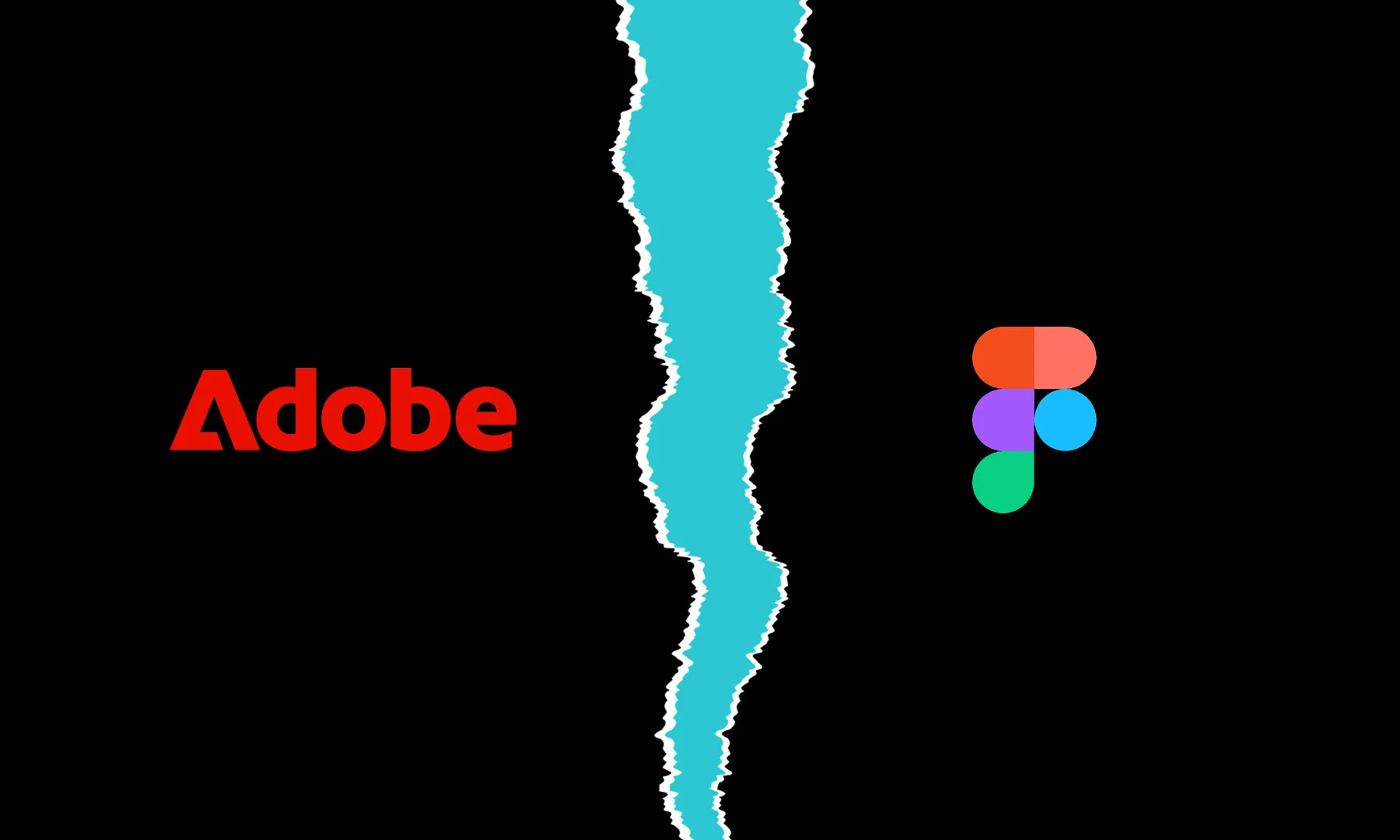In today’s fast-paced digital landscape, Inbound Marketing has emerged as a potent strategy, allowing businesses to continuously seek innovative ways to connect with their target audiences and drive growth. In this comprehensive guide, you’ll better understand the world of Inbound Marketing, exploring its core principle components and how it can revolutionize your approach to attracting and engaging customers.
Understanding Inbound Marketing
Inbound marketing stands as a customer-centric strategy, primarily focusing on drawing potential customers in by providing valuable content and immersive experiences. Differing significantly from traditional outbound marketing, which disrupts consumers with advertisements, inbound marketing is centered on identifying and addressing their challenges and desires. At its heart, inbound marketing establishes trust and nurtures enduring relationships with your audience.
The Components of Inbound Marketing
Successful inbound marketing campaigns are built on several key components, each contributing to a holistic strategy:
Content Creation:
High-quality and informative content is the backbone of inbound marketing. Creating content that resonates with your audience’s pain points and interests is essential.
SEO:
Search Engine Optimization is crucial for making your content discoverable. Proper keyword research and optimization ensure your content ranks well in search engine results.
Social Media Marketing:
Utilize social media platforms to promote your content. Also, actively engage with your audience. This fosters the growth of a vibrant community centered around your brand.
Email Marketing:
Email marketing stands as a potent and budget-friendly instrument for acquiring leads and delivering personalized content and exclusive offers directly to your target audience.
Lead Generation:
Offer valuable materials or attractive rewards in return for contact details, allowing you to build a list of potential customers.
Marketing Automation:
Automate repetitive marketing tasks and personalize communications to nurture leads effectively.
Creating Compelling Content
Compelling content is the cornerstone of inbound marketing. To create great content that resonates with your target audience, you must:
- Identify Pain Points: Understand your audience’s challenges and needs.
- Provide Solutions: Create content that offers solutions to these challenges.
- Engage Your Audience: Craft informative, engaging, and valuable content.
Optimizing for Search Engines (SEO)
Search Engine Optimization is vital for driving organic traffic to your content. To optimize for SEO:
Keyword Research
Keyword research involves:
- Identifying relevant focus keywords related to your industry and audience.
- Assessing their search volume and competition.
- Understanding user intent.
- Strategically incorporate these keywords into your content to improve online visibility and attract the right audience.
It’s a dynamic and ongoing process that is crucial to your inbound marketing and SEO efforts. This will ensure your content aligns with your target audience searching online.
On-Page SEO:
Optimize your content’s titles, headings, and meta descriptions.
User-Friendly Design:
Ensure that your website boasts user-friendly navigation and is optimized for mobile devices.
Leveraging Social Media
Social media serves as a formidable tool for content promotion and audience engagement. To maximize its potential:
- Choose the Right Platforms: Focus on platforms where your audience is most active.
- Consistent Posting: Maintain a regular posting schedule to keep your audience engaged.
- Interact and Listen: Respond to comments and messages and listen to feedback.
Nurturing Leads and Automation
Lead generation is essential for growing your customer base. To nurture leads effectively:
- Create Lead Magnets: Offer valuable resources in exchange for contact information.
- Segment Your Audience: Tailor your communications based on user preferences.
- Automate Workflows: Use marketing automation tools to streamline lead nurturing.
Measuring and Analyzing Results
At the core of inbound marketing success lies data-driven decision-making. To gauge and scrutinize outcomes:
- Track Key Performance Indicators (KPIs): Monitor metrics such as the volume of the website traffic, conversion rates, and email open rates.
- Use Analytics Tools: Utilize tools like Google Analytics to gain insights into user behavior.
- Continuous Improvement: Make data-backed adjustments to your strategy to improve results.
Customer-Centric Approach
Inbound marketing aligns with the buyer’s journey, providing value at every stage:
- Attract: Attract potential customers through relevant content.
- Engage: Engage with them through personalized interactions.
- Delight: Delight customers with exceptional experiences to build brand loyalty.
Inbound marketing is so much more than just a marketing strategy; it’s a customer-centric philosophy that can transform your business. Additionally, you can unlock success with inbound marketing by focusing on creating valuable content, optimizing for search engines, leveraging social media, nurturing leads, and analyzing data. When you embrace this approach, you’ll watch as it revolutionizes your marketing efforts, leading to sustainable growth and long-lasting customer relationships.
Photo by Campaign Creators on Unsplash









